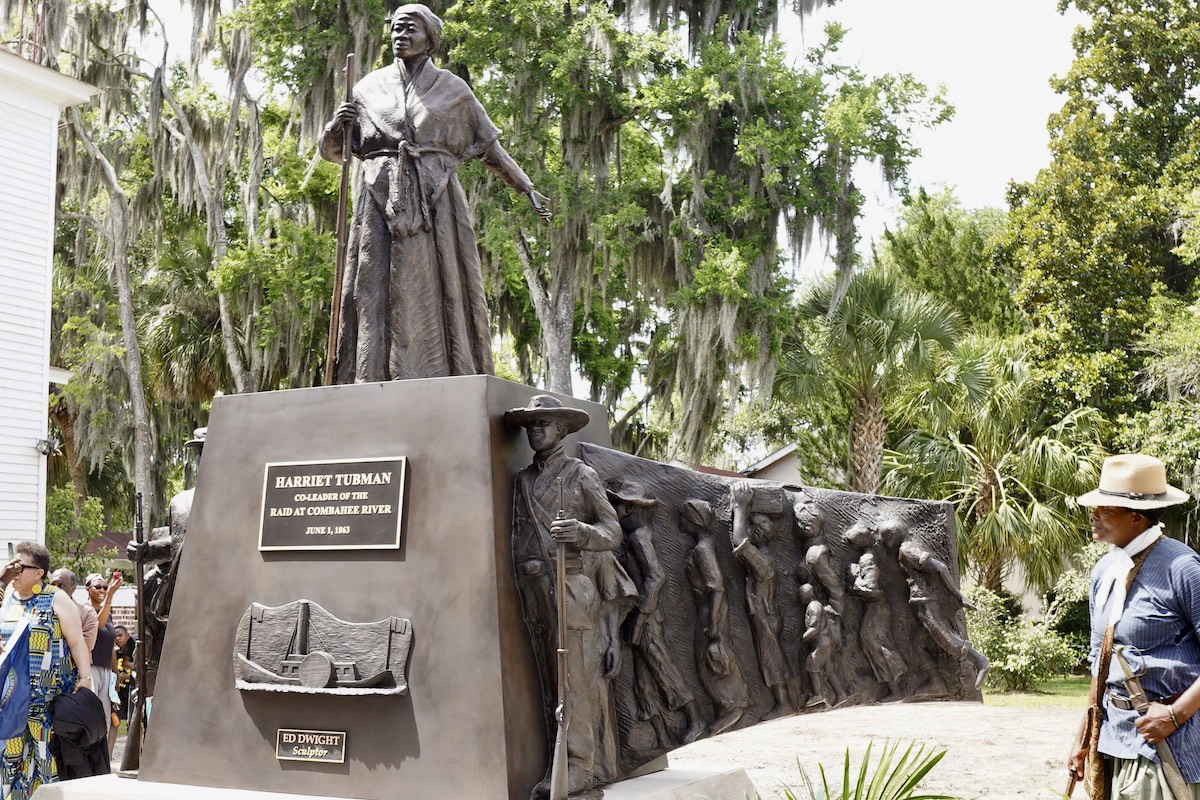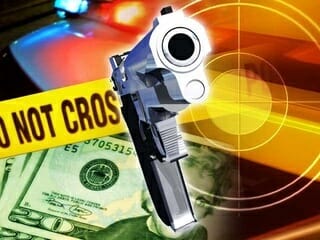Sculpture honors former Beaufort resident’s role in Civil War’s Combahee River Raid, freeing more than 750 slaves
By Mike McCombs
The Island News
Harriet Tubman made her long awaited return to Beaufort as a crowd of more than 500 people celebrated at Tabernacle Baptist Church on Saturday, June 1.
Tubman’s appearance was in the form of a bronze sculpture by Ed Dwight honoring her participation in the 1863 Combahee River Raid. The unveiling of the work was a long time coming for Rev. Kenneth Hodges, the pastor at Tabernacle and a former State Representative for House District 121, taking place eight years and $600,000 in private donations after the Tabernacle membership decided to erect a monument.
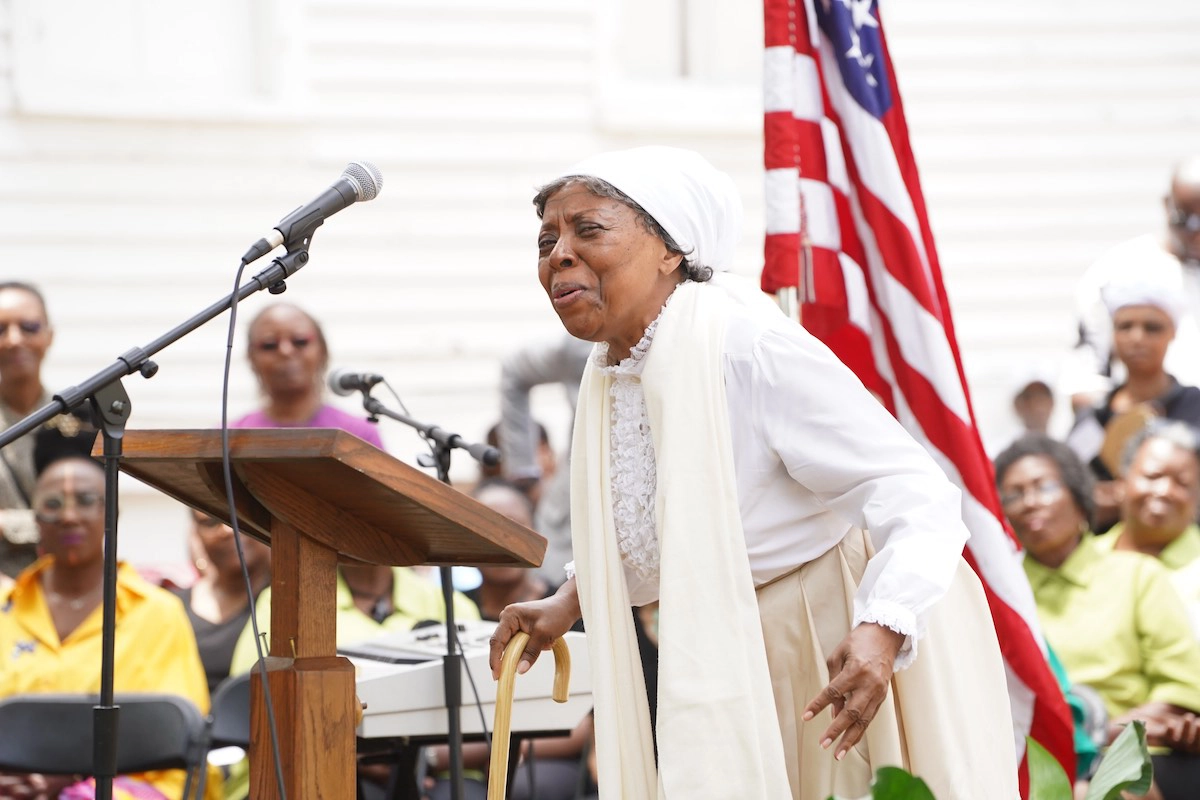
Despite the time passed and the challenges of the recent COVID-19 pandemic, Hodges didn’t believe for a second that the monument wouldn’t happen.
“I never thought that. We followed our faith,” Hodges said. “We knew no matter how long it took, it would happen if we kept the faith.”
The sculpture, 14-feet high, features Tubman with a walking stick, flanked by Union soldiers and slaves making their way to freedom.
“Dwight created something unique,” Hodges said. “I initially thought it was going to be just Tubman, but his piece was also about soldiers, young people, old people, fighting for their freedom.”
The unveiling ceremony featured performances of spirituals and numerous speakers, including Queen Quet, Chieftess of the Gullah Geechee Nation; Mayor Philip Cromer’ Park Ranger Christopher Barr of the Reconstruction Era National Historic Park; historian and author Edda Fields-Black; and Ernestine Wyatt, Tubman’s great-great-great grand niece. Dwight could not make it to the unveiling. Hodges read a statement from the sculpture in his absence.
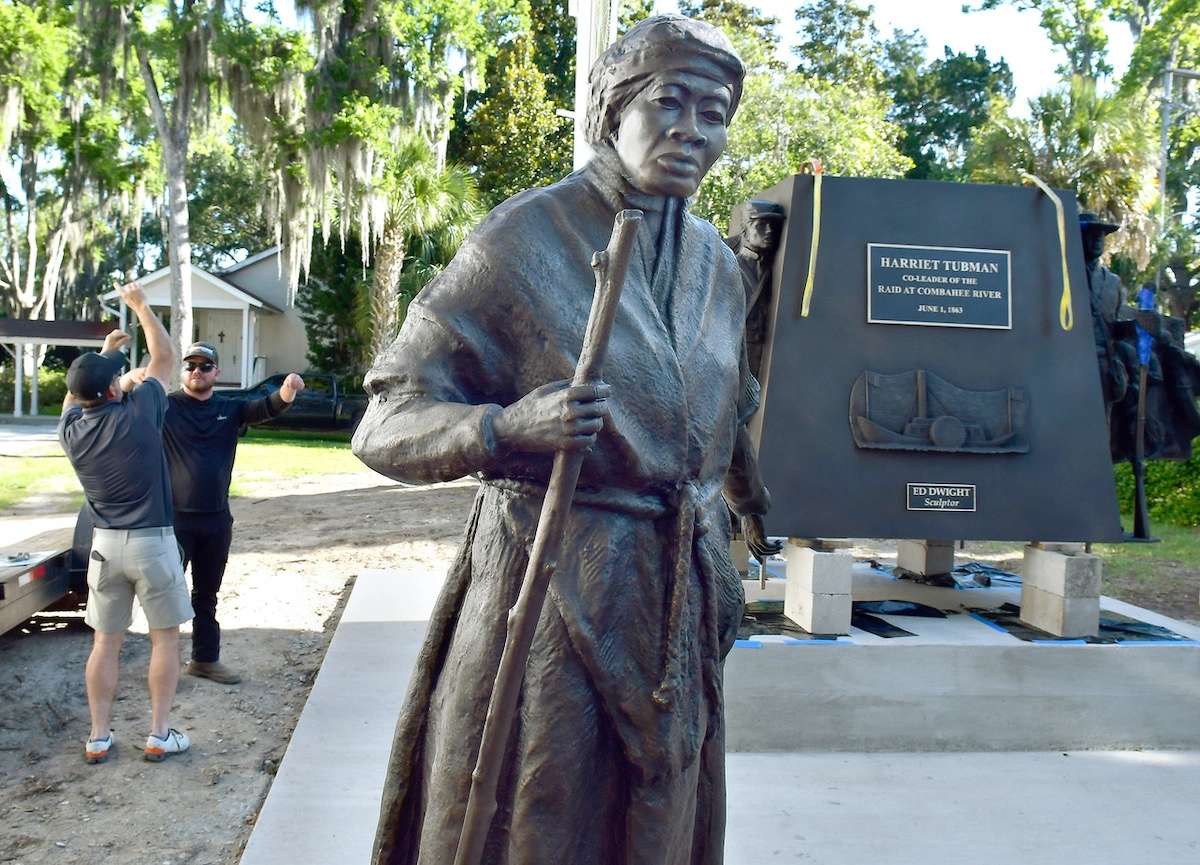
Billy Keyserling, a longtime supporter of the project, said he donated money for the memorial because he knew Hodges would see it through.
“He’s a very determined man,” he said.
The former Mayor of Beaufort said the monument should have happened much sooner, “like a lot of other things” in the South.
“A lot of people thought we wanted to undo their history,” Keyserling said. “History is a blackboard. There’s room on it for everybody’s history.”
Tubman is best known to most Americans as a “conductor” of the Underground Railroad, as she led scores of escaped slaves from Maryland, where she was born in bondage in 1822, to freedom before the Civil War.
But it’s her time in South Carolina, specifically her exploits 161 years to the day before the monument’s unveiling that this sculpture honors.
According to the National Parks Service, after arriving in Beaufort in 1862, she spent a year gathering information about the rice plantations lining Beaufort’s Combahee River. Then on the night of June 1, 1863, Tubman helped lead three ships up the river, carrying 300 African American soldiers from the 2nd South Carolina Volunteer Infantry, a regiment consisting largely of freed Blacks.
When the ships sounded their whistles, hundreds of slaves – men, women and children, ran to the river where soldiers took them to the boats. The soldiers then burned the plantations, destroying several million dollars’ worth of homes and crops.
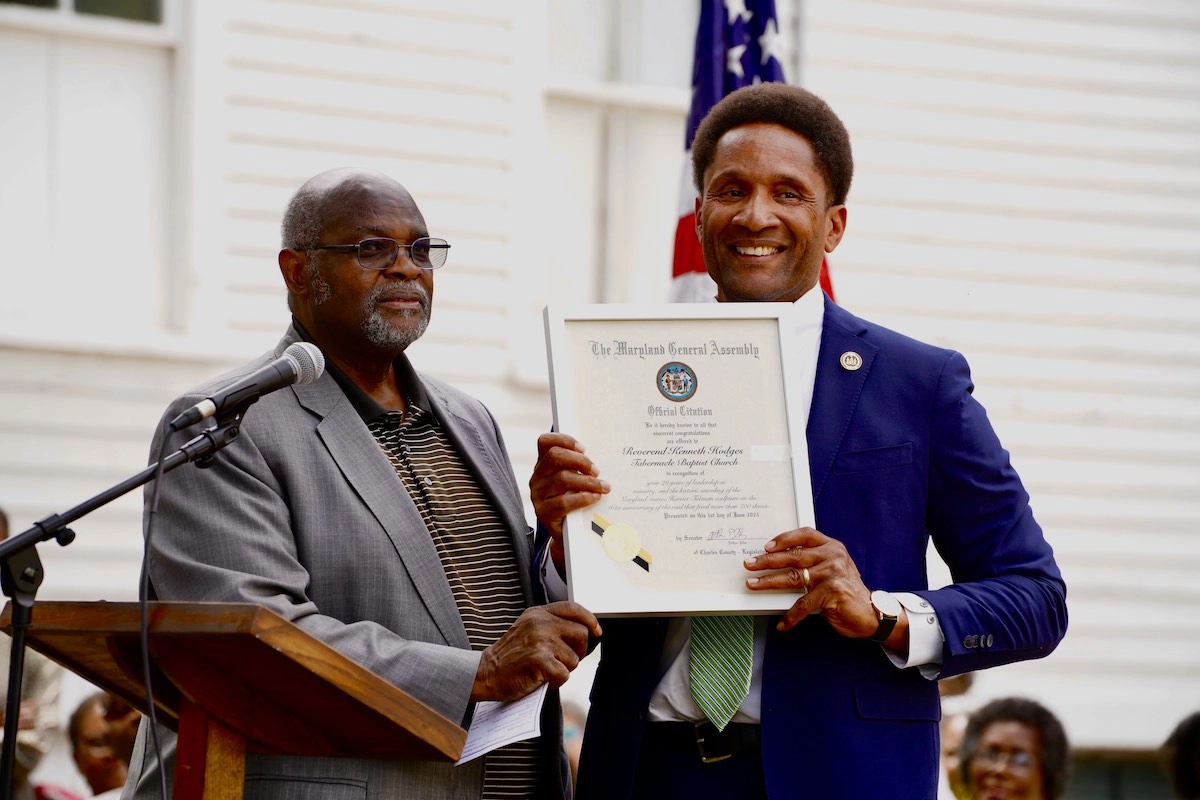
By June 3, 1863, the boats were back safely in Union-controlled Beaufort and 756 Blacks – men women and children – were freed.
This part of Tubman’s story is somehow not nearly as well known as her Underground Railroad exploits, but the Reconstruction Era National Historic Park and the work of Hodges and historians like Edda Fields-Black, author of “Combee,” who spoke at the unveiling ceremony, is changing that. The sculpture, and an adjacent planned museum, will now be unavoidable when tourists to Beaufort take walking tours with Park Rangers down Craven Street.”
“They could not identify with the story locally. It’s not told. It’s not in the history books,” Hodges explained when asked why it took so long for Tubman’s exploits to be memorialized. “This is the only place this story can be told. If we didn’t tell it, it couldn’t be told. This story had to be told here.”
Mike McCombs is the Editor of The Island News and can be reached at TheIslandNews@gmail.com.

